Home>Gardening & Outdoor>Outdoor Structures>What Is An Awning Window
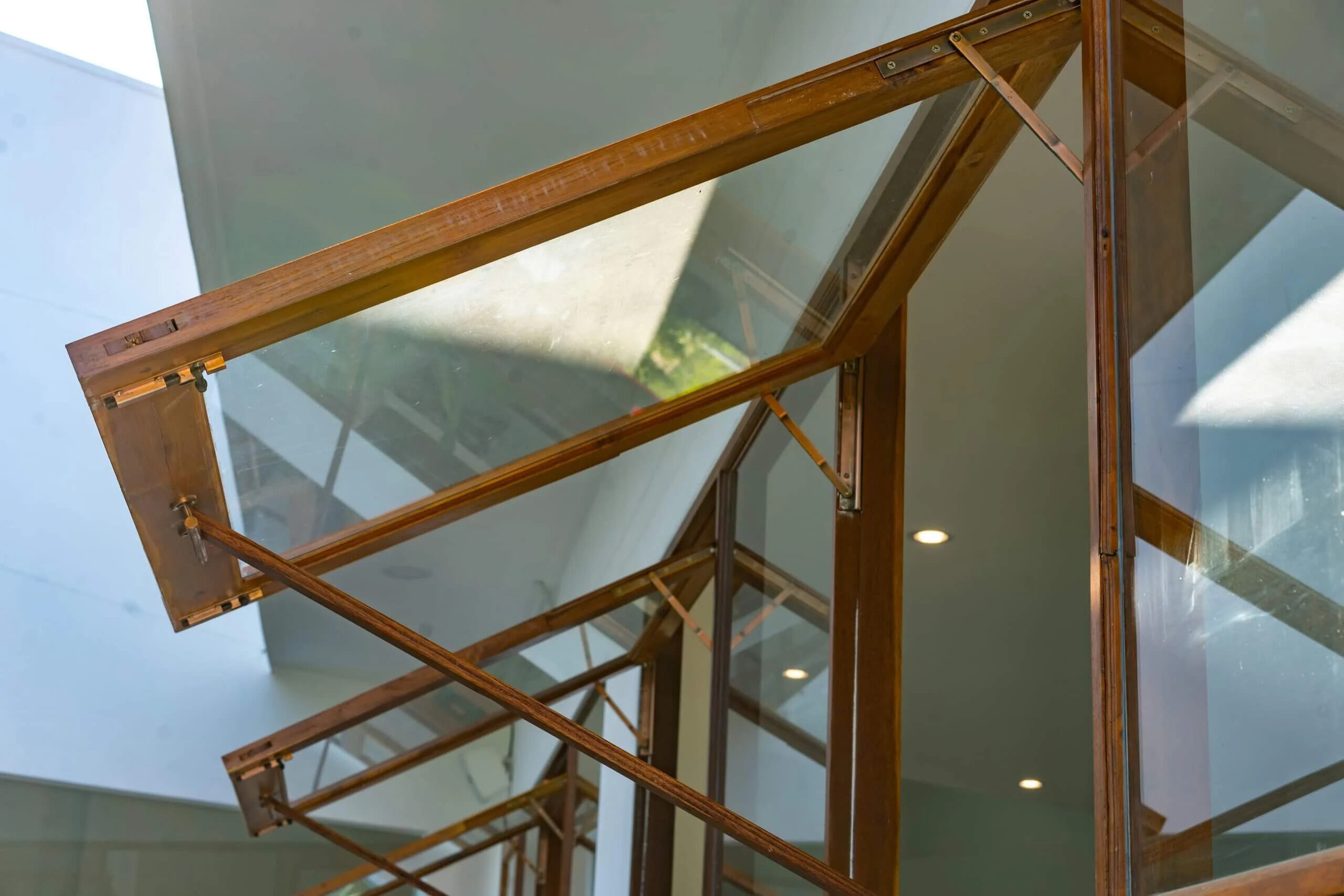

Outdoor Structures
What Is An Awning Window
Modified: February 18, 2024
Learn about the benefits and uses of awning windows for outdoor structures. Discover how these windows can enhance your outdoor living space.
(Many of the links in this article redirect to a specific reviewed product. Your purchase of these products through affiliate links helps to generate commission for Storables.com, at no extra cost. Learn more)
Introduction
When it comes to enhancing the aesthetics and functionality of a home, the choice of windows plays a pivotal role. Among the myriad window styles available, awning windows have garnered attention for their unique design and practical benefits. In this comprehensive guide, we will delve into the intricacies of awning windows, exploring their definition, advantages, disadvantages, common uses, and more. Whether you are a homeowner seeking to elevate your property's appeal or an individual with a penchant for architectural elements, this article will equip you with a profound understanding of awning windows and their role in modern construction and design. So, let's embark on a journey to unravel the essence of awning windows and discover the myriad ways they can enrich living spaces.
Key Takeaways:
- Awning windows are like canopy windows that open outward, providing protection from light rain and promoting airflow. They’re great for kitchens, bathrooms, and adding a touch of elegance to buildings.
- While awning windows offer weather resistance and enhanced ventilation, they may have restricted views and require regular maintenance. They’re versatile for various settings but may be relatively more expensive.
Read more: How To Open An Awning Window
Definition of an Awning Window
An awning window is a type of casement window that is hinged at the top and opens outward, creating a canopy-like effect. This unique design allows the window to be opened even during light rain, as the outward opening provides protection from the elements. Typically operated using a hand crank, awning windows are known for their versatility and ability to complement various architectural styles.
These windows are often installed higher on walls to offer privacy while allowing natural light and ventilation to enter the space. The construction of awning windows usually involves a single pane of glass or multiple smaller panes held together by muntins. Modern iterations may feature energy-efficient glazing, such as low-emissivity (Low-E) glass, to enhance insulation and reduce heat transfer.
Awning windows are favored for their ability to promote airflow, making them an ideal choice for areas that require ventilation, such as bathrooms, kitchens, and basements. Their distinctive appearance and functionality make them a popular option for homeowners and architects seeking to infuse a touch of sophistication and practicality into residential and commercial spaces.
Advantages of Awning Windows
Awning windows offer a range of advantages that contribute to their popularity in modern architectural design and residential construction. Here are some of the key benefits of incorporating awning windows into a building:
- Weather Resistance: The outward-opening design of awning windows provides protection from the elements, allowing for ventilation even during light rain. This feature makes them an excellent choice for maintaining airflow and comfort in various weather conditions.
- Enhanced Ventilation: The hinged top of awning windows enables them to capture breezes effectively, promoting natural ventilation and air circulation within the interior spaces. This can contribute to a more comfortable and healthier living environment.
- Privacy and Security: When installed higher on walls, awning windows offer privacy while still allowing natural light to enter. Additionally, their design can enhance security by deterring unauthorized entry due to the limited opening space.
- Energy Efficiency: Awning windows can be equipped with energy-efficient glass options, such as Low-E coatings, to minimize heat transfer and improve insulation. This can lead to reduced energy consumption and lower utility costs.
- Architectural Appeal: The unique style of awning windows adds a touch of elegance to a building’s exterior. Their clean lines and versatility make them a visually appealing choice that complements a variety of architectural designs.
- Functional in Various Settings: Awning windows are well-suited for various locations within a home, including bathrooms, kitchens, and basements, where ventilation and natural light are essential while maintaining privacy and protection from the elements.
These advantages collectively make awning windows a compelling option for individuals seeking both practical functionality and aesthetic appeal in their window choices.
When choosing an awning window, consider the material it’s made of, such as vinyl, wood, or aluminum, as well as the energy efficiency and ventilation it provides.
Disadvantages of Awning Windows
While awning windows offer numerous benefits, it is important to consider their potential drawbacks when evaluating their suitability for a particular application. Understanding the limitations of these windows can help homeowners and designers make informed decisions. Here are some disadvantages associated with awning windows:
- Restricted View: The placement of awning windows higher on walls, while beneficial for privacy, can limit the view compared to windows positioned at eye level.
- Maintenance Considerations: The outward-opening design of awning windows may accumulate debris, such as leaves and dirt, in the operating mechanism or on the window sills. Regular cleaning and maintenance may be required to ensure smooth operation and aesthetic appeal.
- Obstruction of Exterior Space: When open, awning windows extend outward, potentially obstructing exterior spaces such as walkways or patios. Careful consideration of the window placement is necessary to avoid interference with outdoor areas.
- Limitations on Window Treatments: The outward-opening nature of awning windows may restrict the use of certain window treatments, such as traditional curtains or blinds, which could interfere with the window operation.
- Cost Considerations: While awning windows offer various benefits, they may be relatively more expensive than some other window types due to their specialized design and hardware.
- Size Limitations: Awning windows are typically smaller in size compared to some other window styles, which may affect the amount of natural light and ventilation they can provide to a space.
By weighing these disadvantages against the benefits, individuals can make informed decisions regarding the incorporation of awning windows into their building or renovation projects. Addressing these considerations proactively can help maximize the advantages of awning windows while mitigating potential drawbacks.
Common Uses of Awning Windows
Awning windows are versatile and find practical applications in various settings, adding both functionality and aesthetic appeal to residential and commercial spaces. Here are some common uses of awning windows:
- Kitchen Spaces: Awning windows are frequently installed in kitchens to facilitate ventilation and natural light while offering protection from the elements. Their ability to capture breezes makes them ideal for creating a refreshing environment in cooking and dining areas.
- Bathrooms: In bathrooms, awning windows provide privacy while allowing for ventilation and daylight to enter the space. Their design helps maintain a comfortable and well-ventilated atmosphere, contributing to a pleasant bathing experience.
- Basements and Utility Areas: Awning windows are well-suited for basement and utility room applications, where ventilation and natural light are essential. Their ability to open outward allows for efficient airflow, enhancing the comfort of these spaces.
- Architectural Accents: Awning windows are often used as architectural accents in modern and contemporary designs. Their unique style and clean lines add visual interest to building facades, contributing to a distinctive and sophisticated aesthetic.
- Commercial Spaces: From office buildings to retail establishments, awning windows can be incorporated into commercial settings to promote natural ventilation and daylighting while complementing the overall architectural design.
- Historic Renovations: In the restoration of historic buildings, awning windows may be utilized to maintain the architectural integrity of the structure while introducing modern functionality and energy efficiency.
These diverse applications demonstrate the adaptability and utility of awning windows in enhancing the comfort, aesthetics, and functionality of both residential and commercial environments. Whether used for practical purposes or as design elements, awning windows continue to be a sought-after choice in contemporary construction and renovation projects.
Read more: How To Remove An Awning Window
Conclusion
Awning windows stand as a testament to the seamless fusion of form and function in architectural design. Their unique hinged-top, outward-opening configuration not only offers practical benefits such as weather resistance and enhanced ventilation but also contributes to the visual appeal of residential and commercial spaces.
As we’ve explored the definition, advantages, disadvantages, and common uses of awning windows, it becomes evident that these windows play a vital role in shaping the ambiance and livability of a building. From kitchens and bathrooms to offices and historic structures, awning windows have found their place as versatile elements that elevate both the aesthetic and functional aspects of architectural design.
By understanding the distinctive features and potential considerations associated with awning windows, homeowners, architects, and designers can make informed decisions when integrating these windows into their projects. Whether seeking to enhance natural ventilation, introduce architectural accents, or maintain privacy without compromising on natural light, awning windows offer a compelling solution.
In conclusion, the enduring appeal and practical advantages of awning windows position them as a timeless choice for those who value elegance, functionality, and innovation in their living and working spaces. As architectural trends continue to evolve, awning windows remain a steadfast symbol of ingenuity and sophistication, enriching the built environment while providing a breath of fresh air in more ways than one.
Frequently Asked Questions about What Is An Awning Window
Was this page helpful?
At Storables.com, we guarantee accurate and reliable information. Our content, validated by Expert Board Contributors, is crafted following stringent Editorial Policies. We're committed to providing you with well-researched, expert-backed insights for all your informational needs.
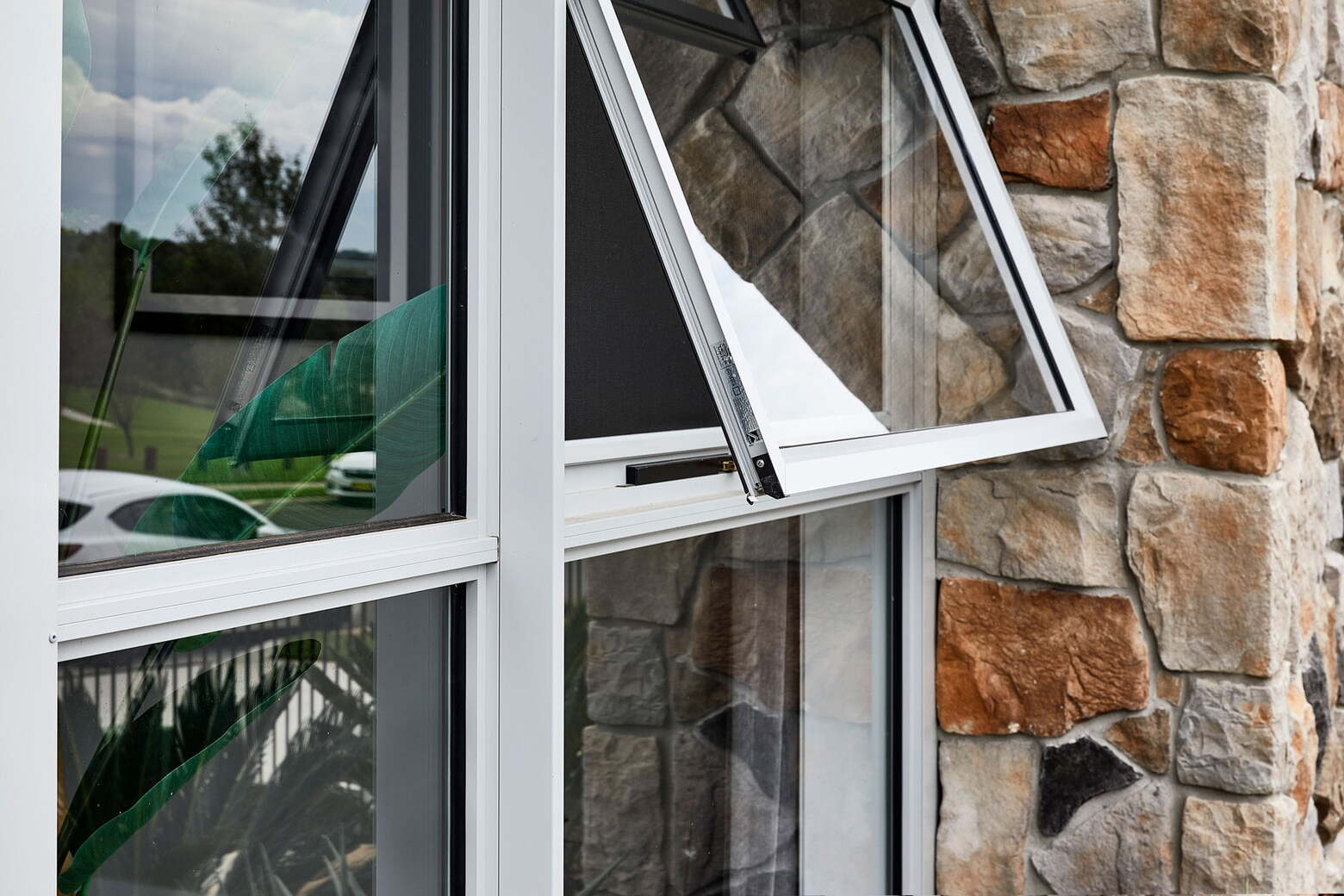
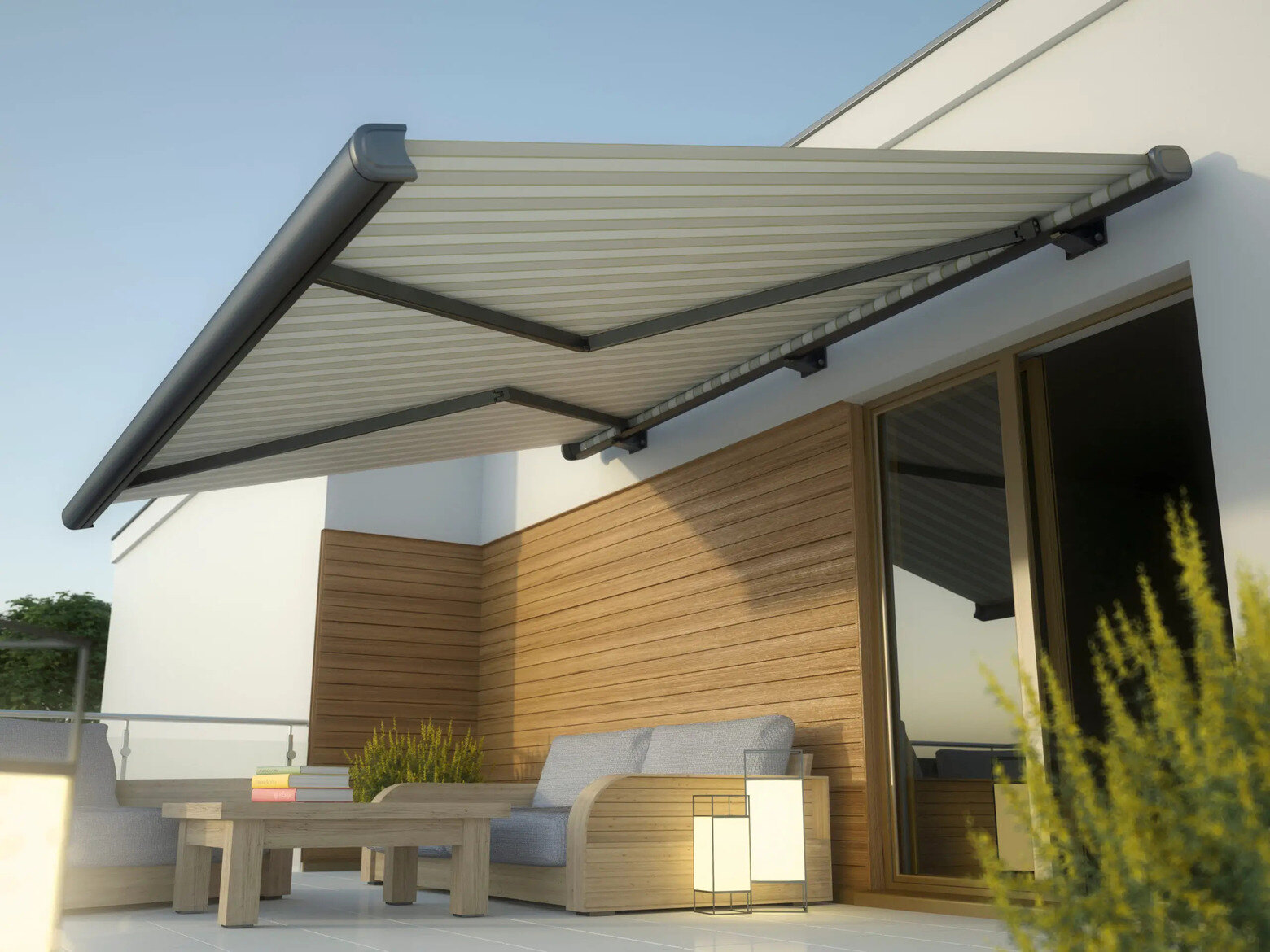
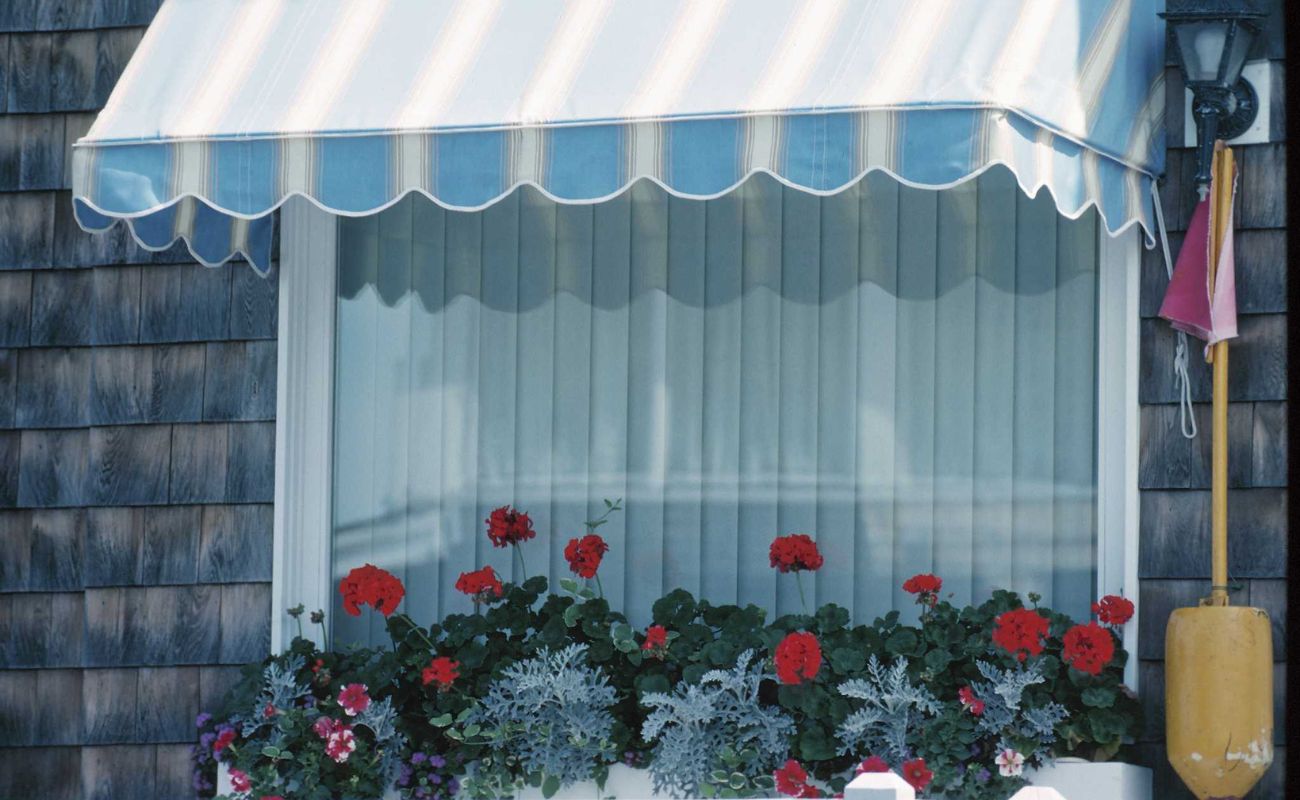


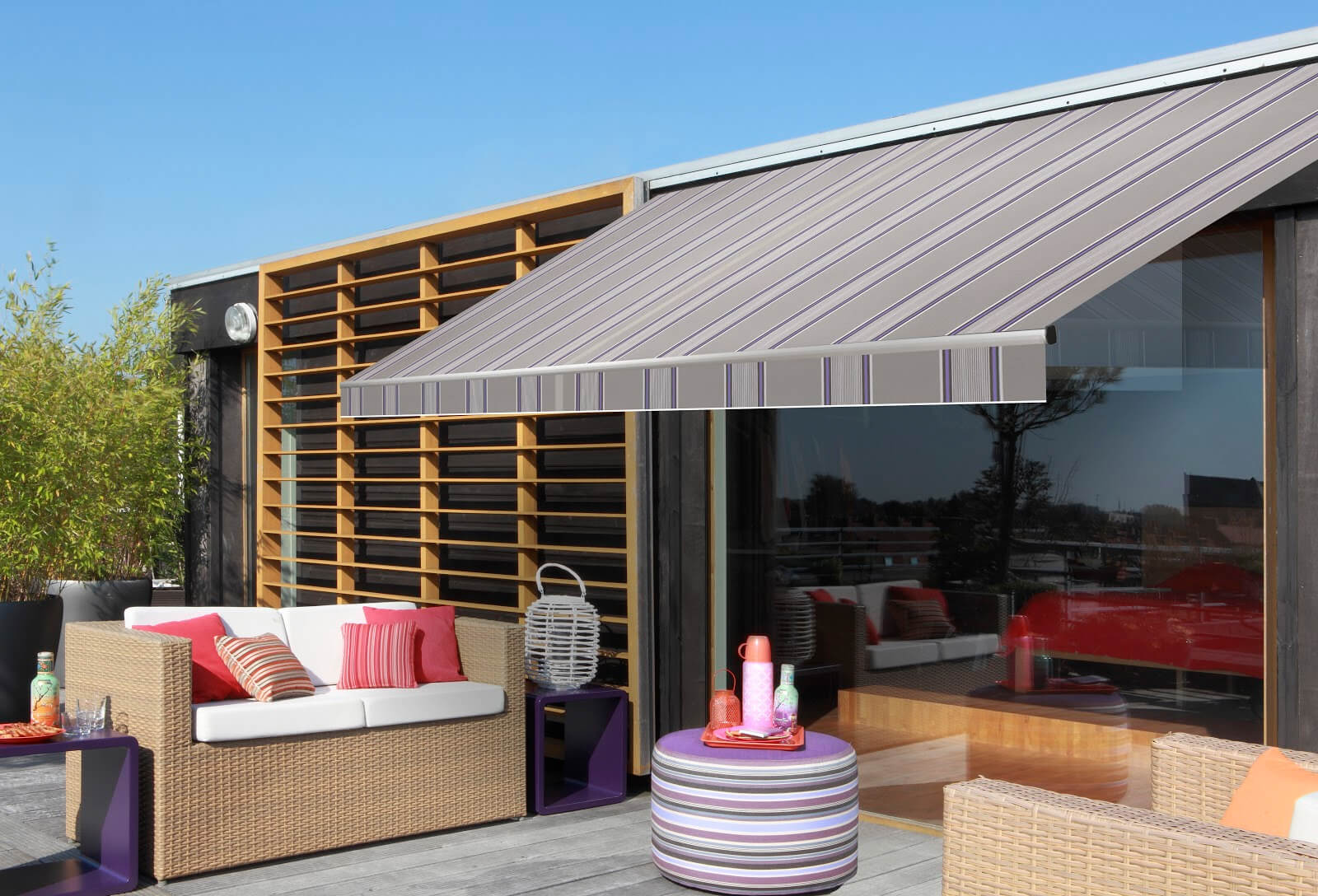
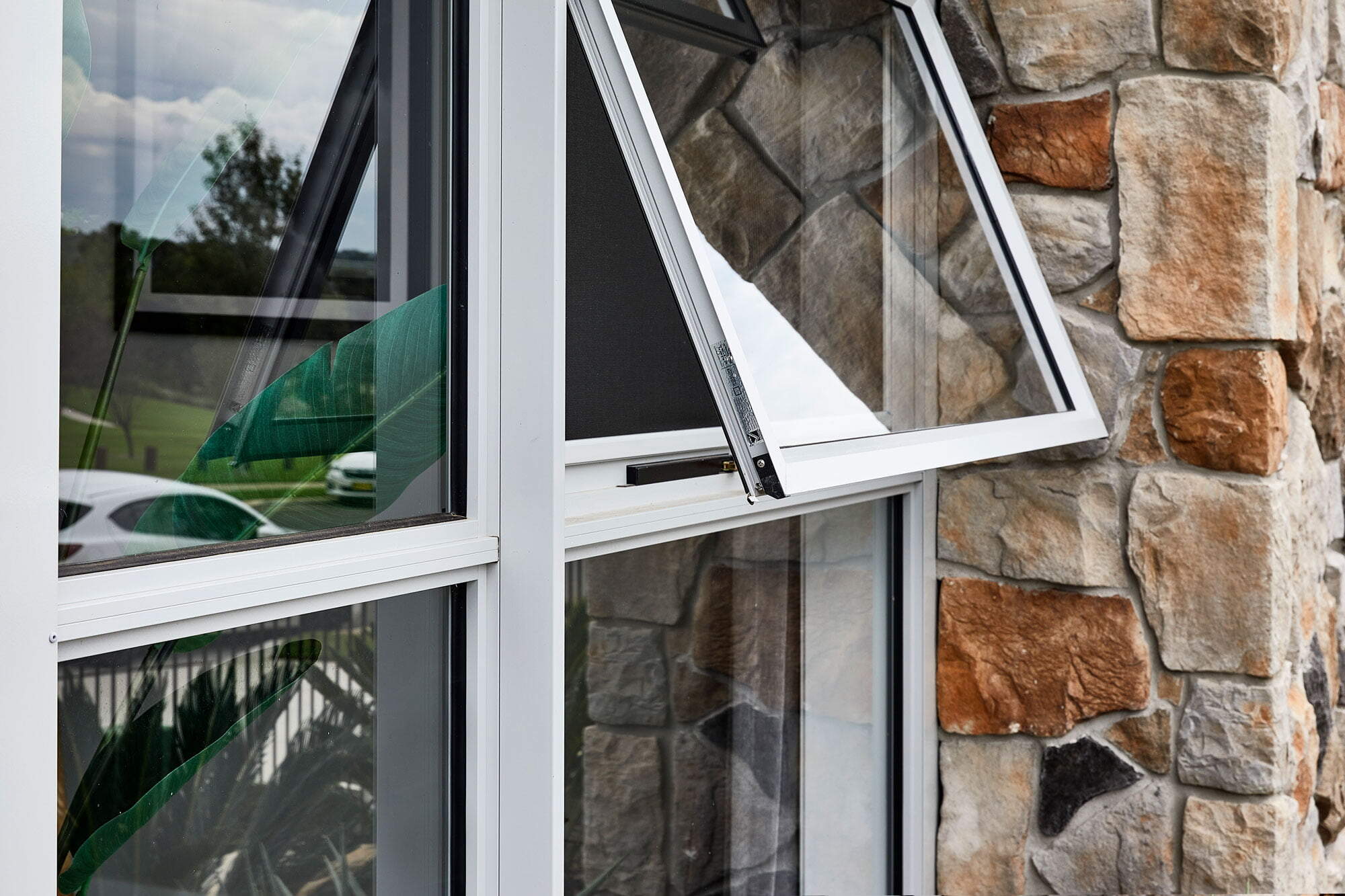
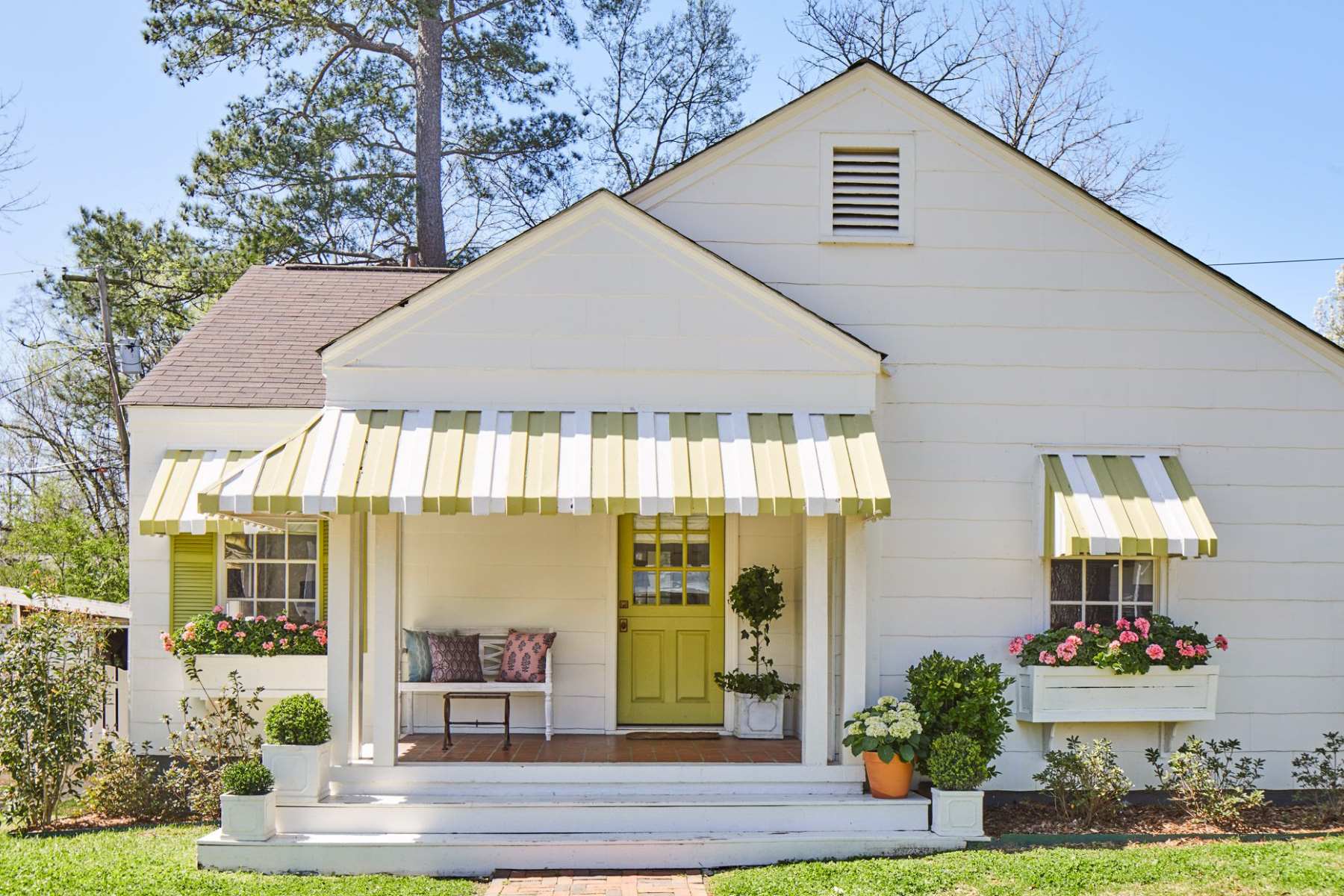
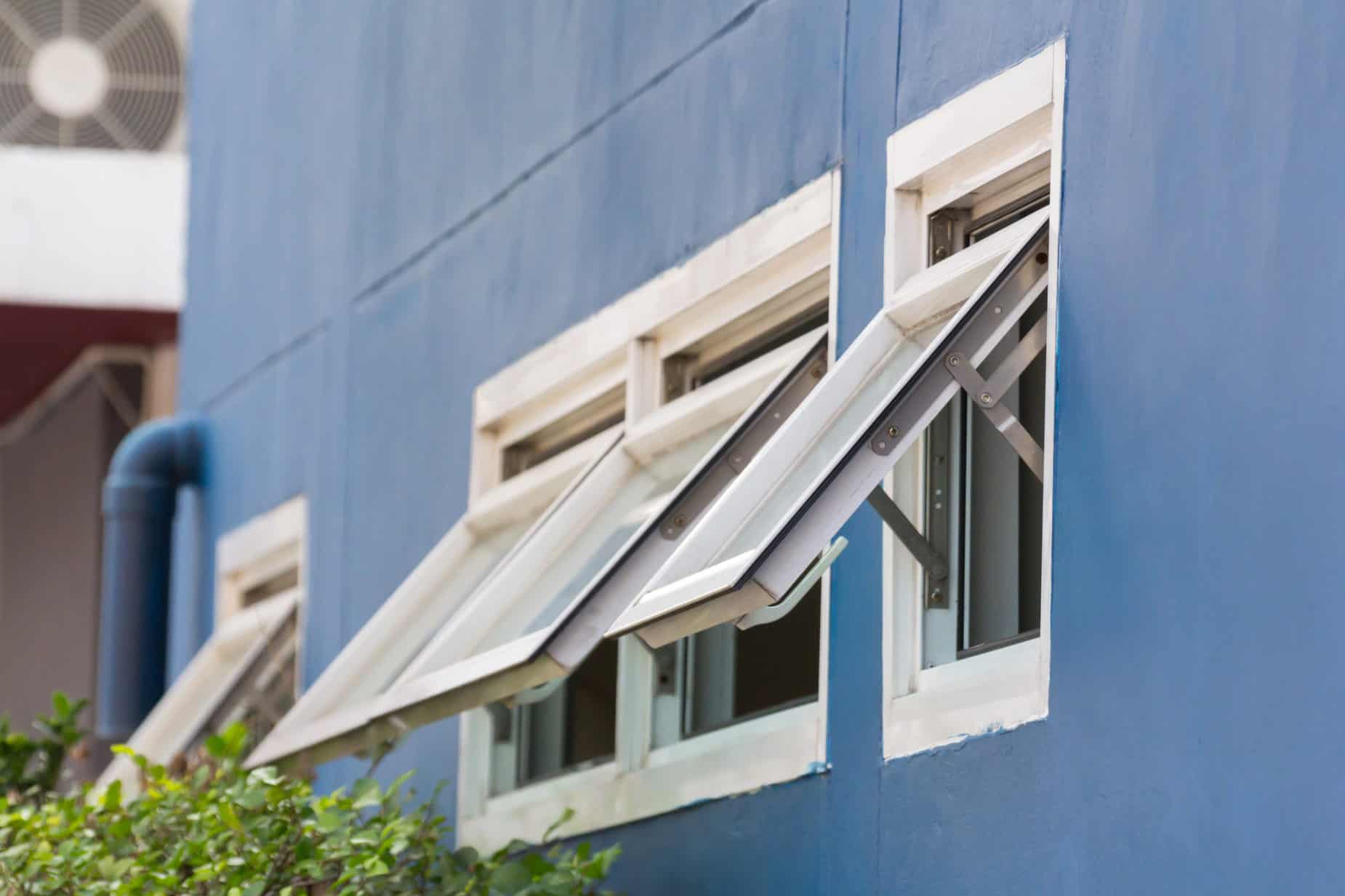
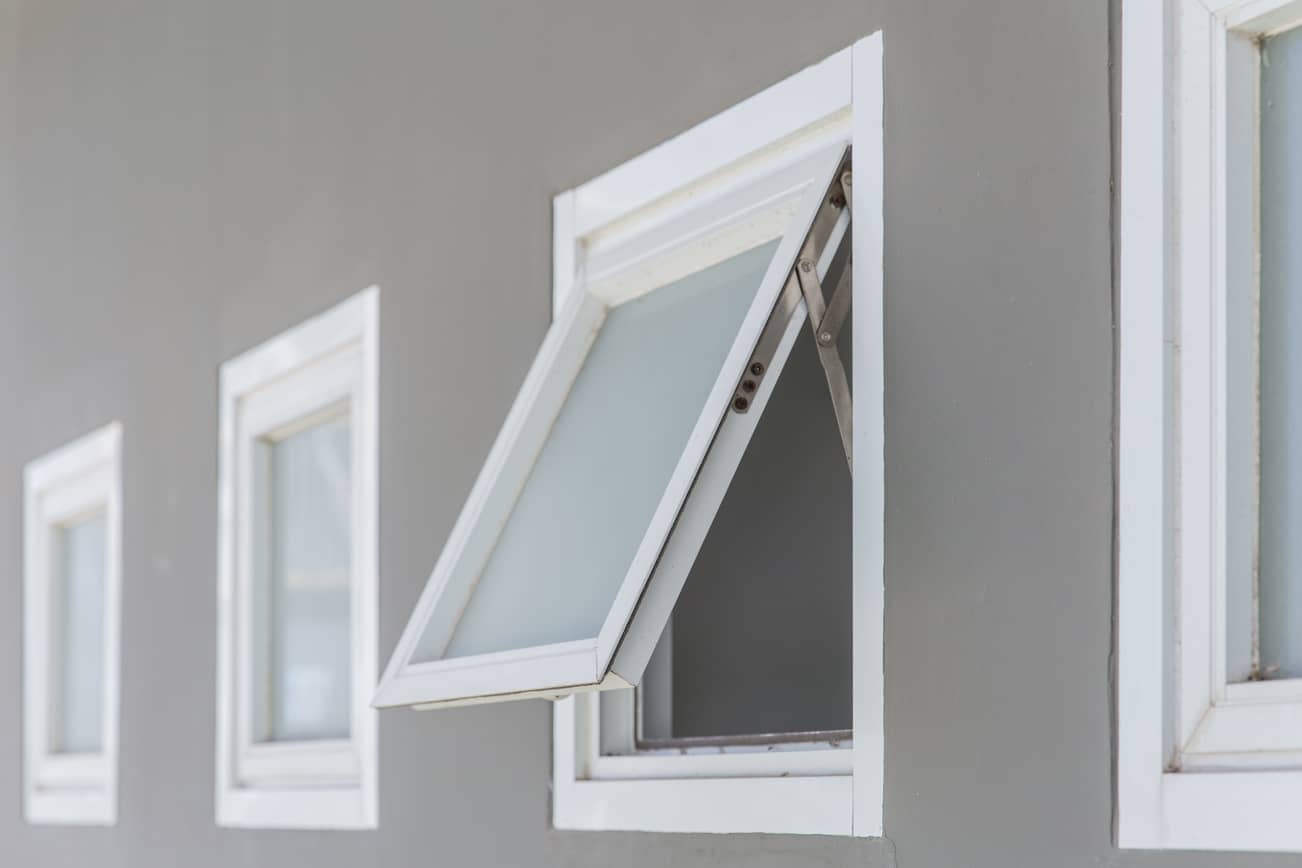
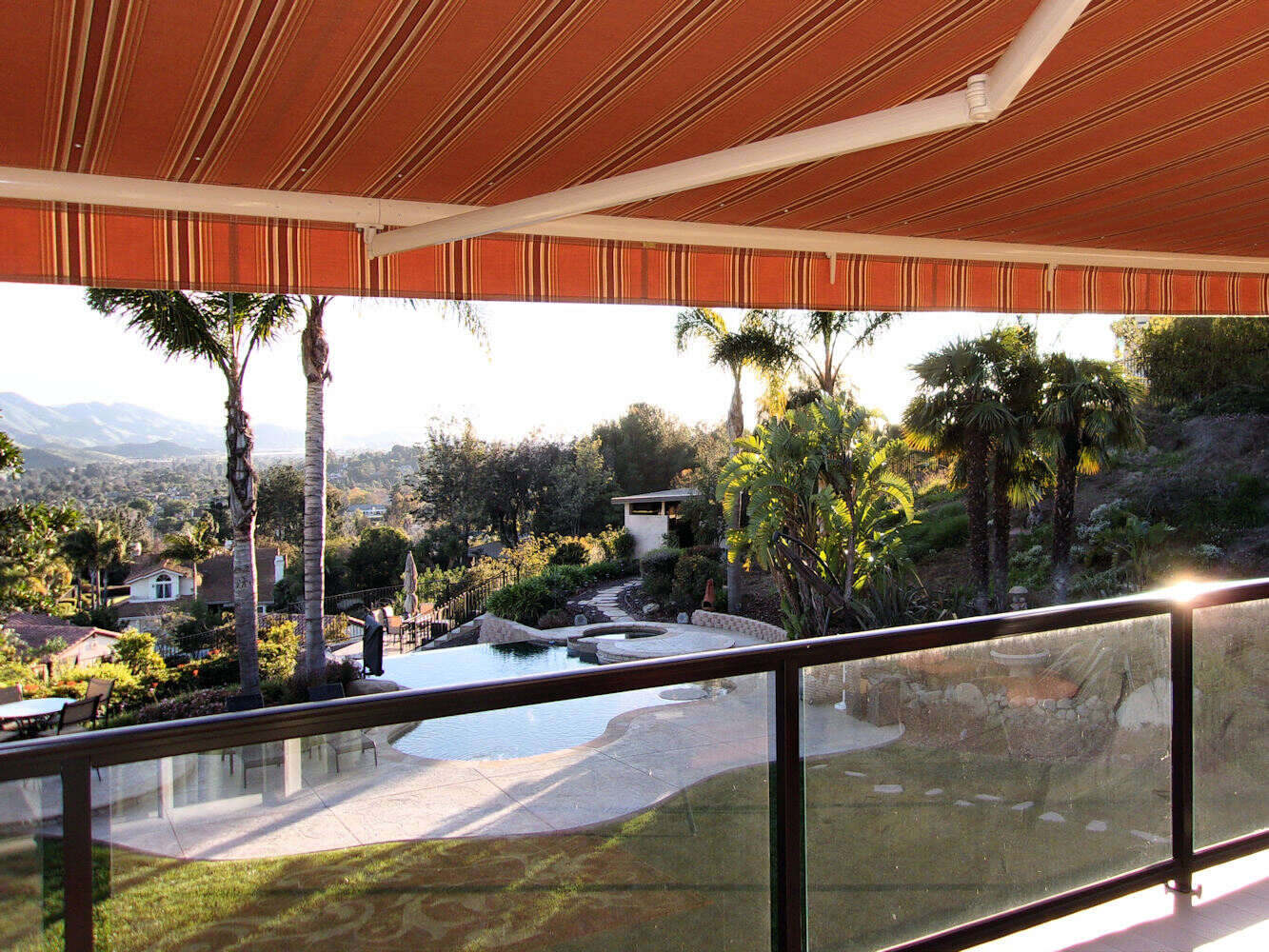
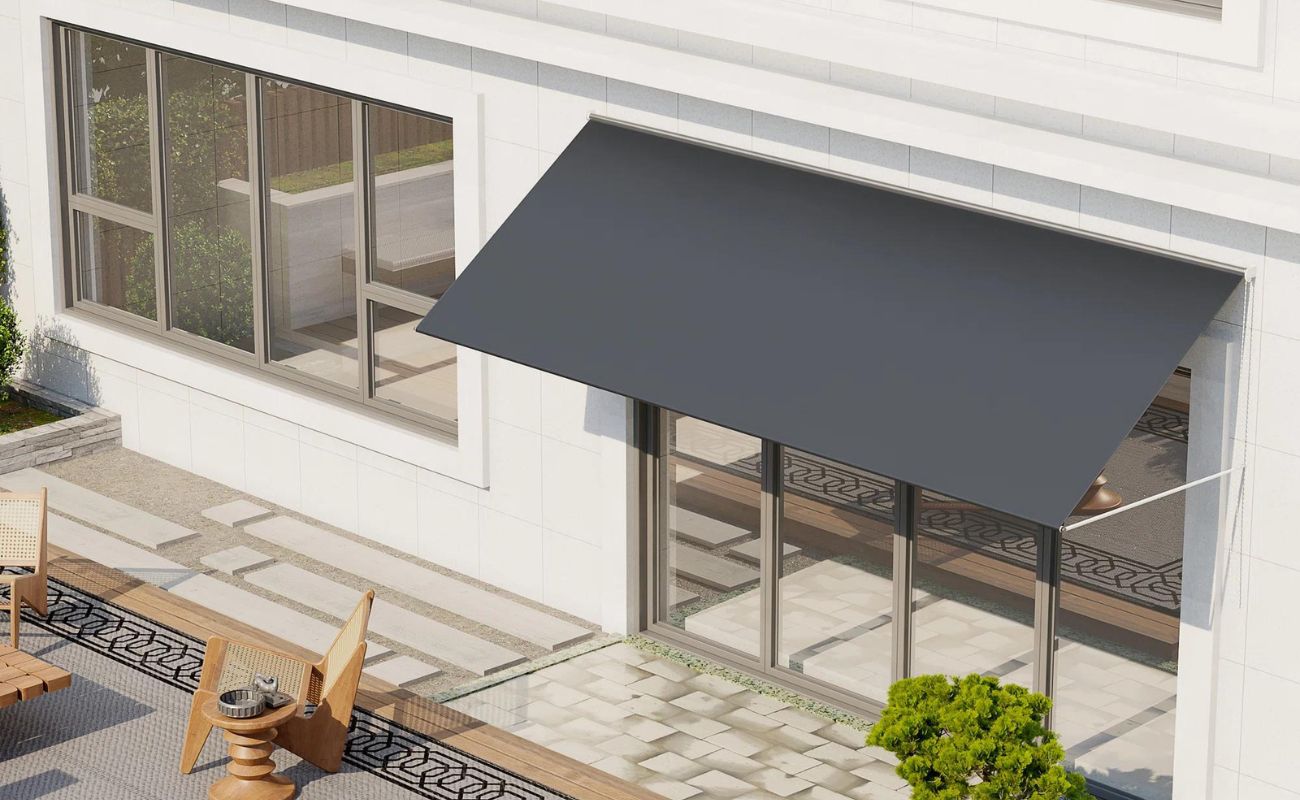
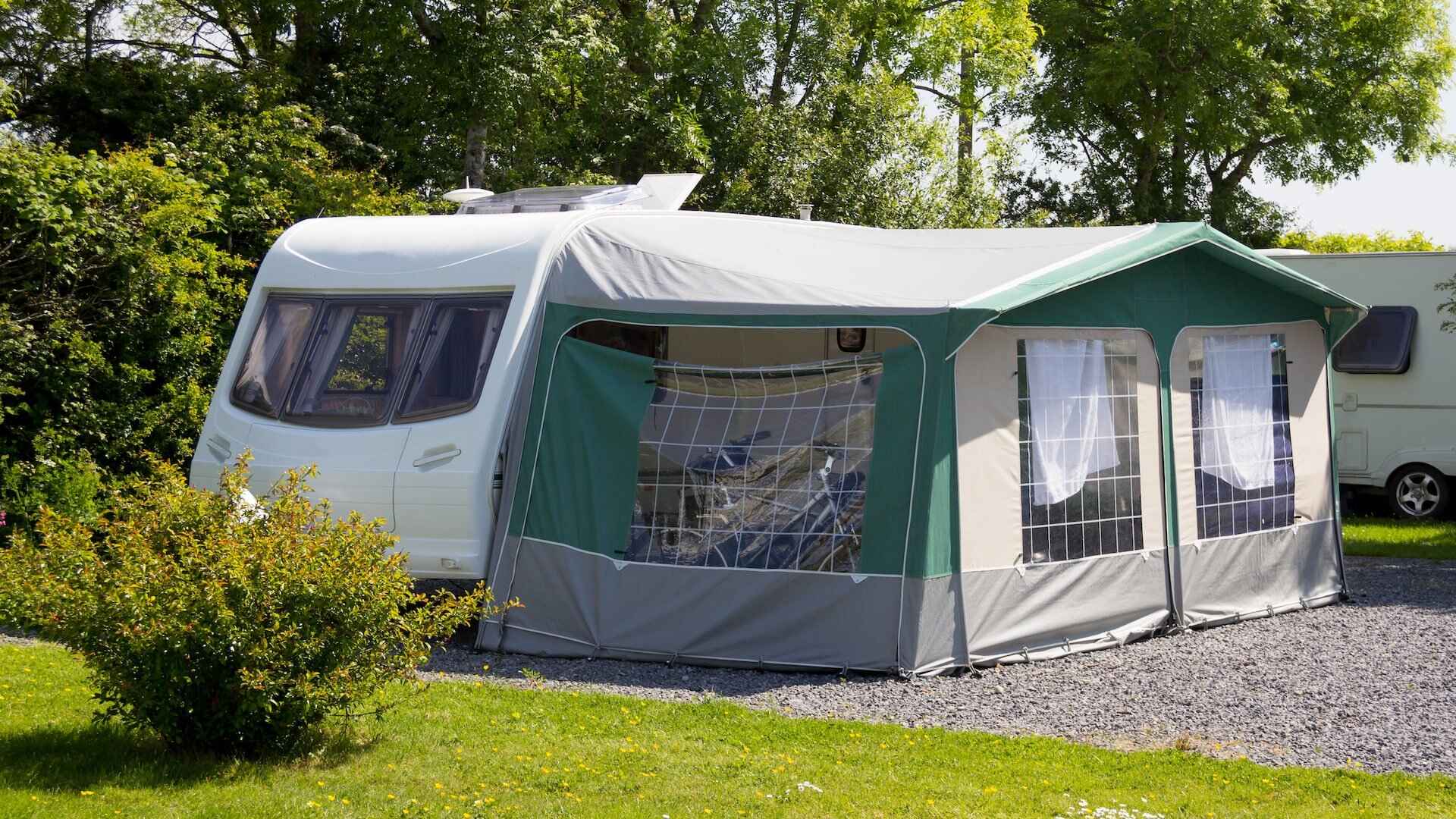
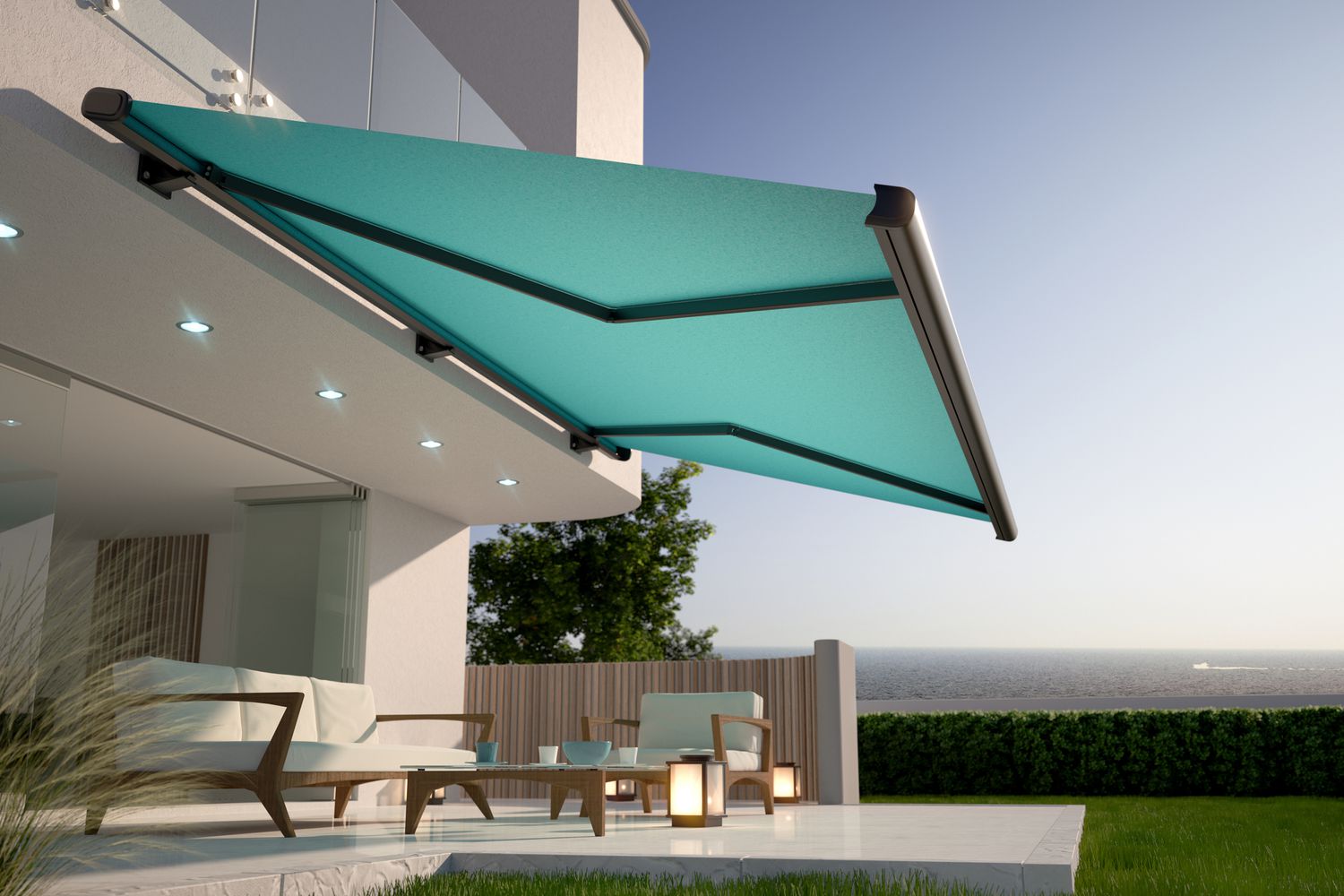

0 thoughts on “What Is An Awning Window”